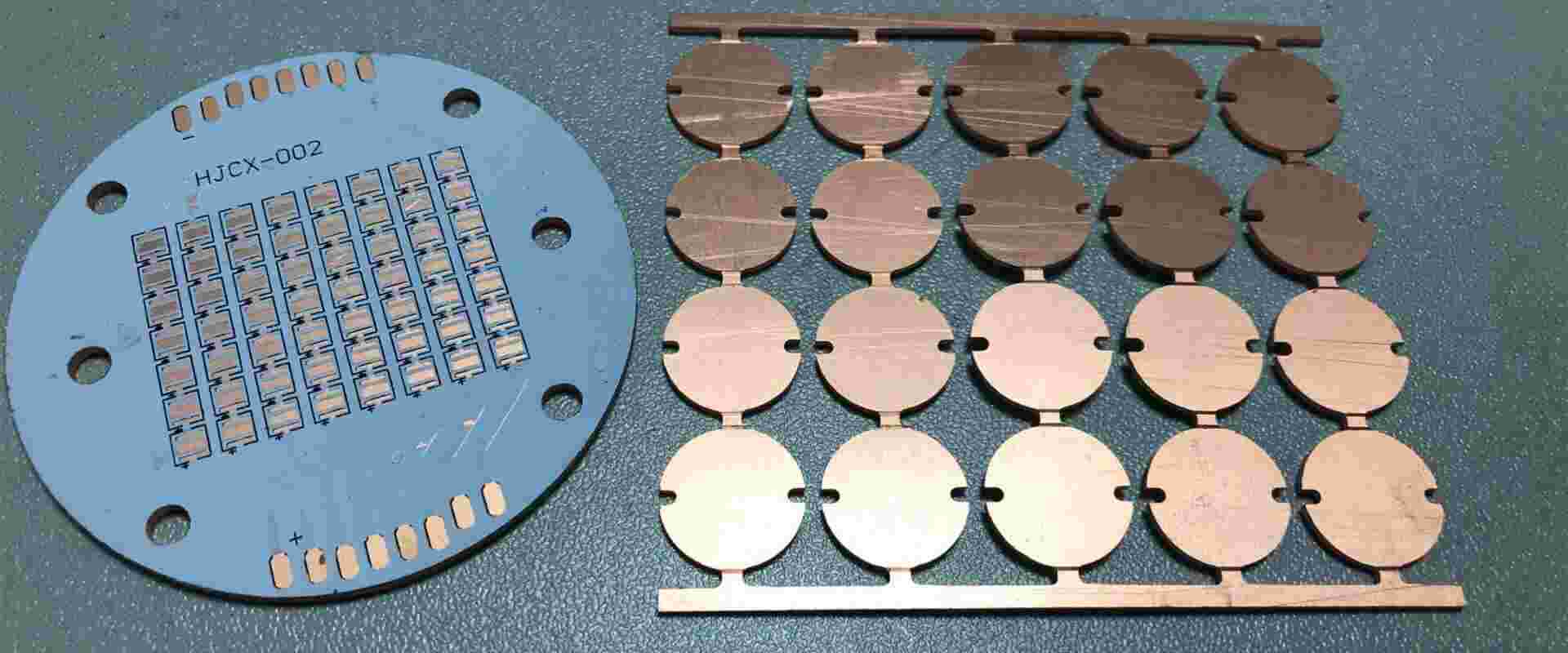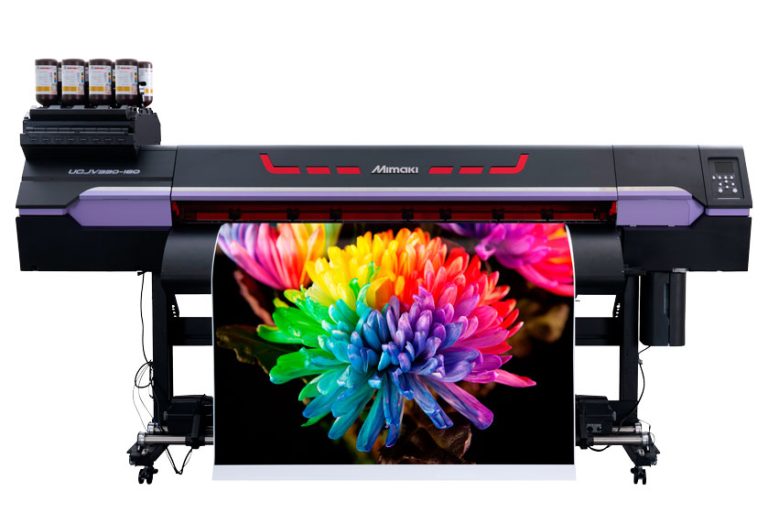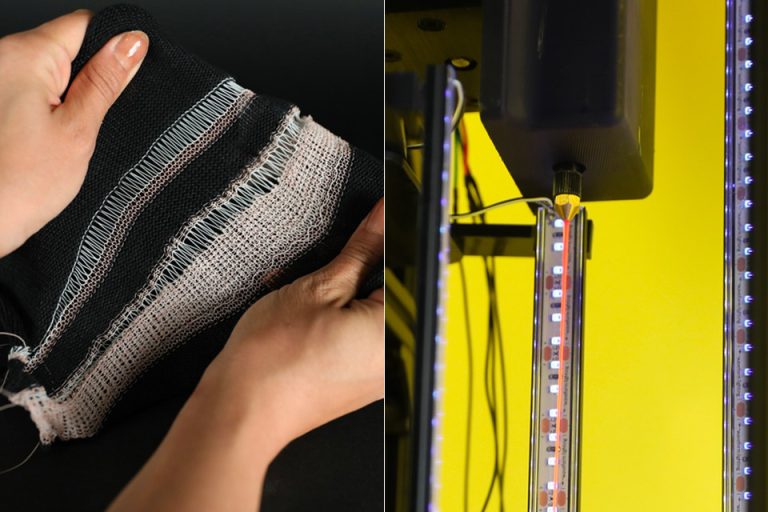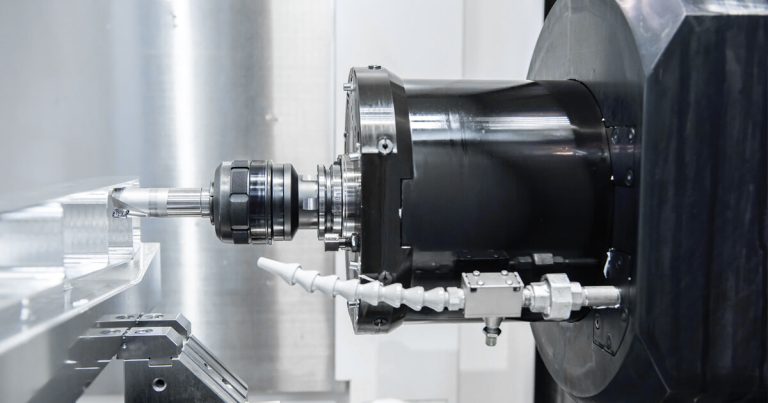MCPCB vs. FR4: Which is Better?
Printed circuit boards (PCBs) are the backbone of modern electronic devices. They come in various types, each suited to different applications and performance requirements. Among the most common types are MCPCBs (Metal Core PCBs) and FR4 (Flame Retardant 4) PCBs.
But which one is better? The answer isn’t straightforward. It depends on your specific needs and application. This comprehensive guide will walk you through the pros and cons of each type to help you make an informed decision.
Introduction to PCBs
Printed Circuit Boards (PCBs) are essential in connecting electronic components in almost all modern devices. MCPCBs come in different types. The type chosen affects performance, durability, and usage.
Two popular types of PCBs are MCPCB (Metal Core Printed Circuit Board) and FR4 PCB (Flame Retardant 4 Printed Circuit Board). Both have their unique characteristics, making them suitable for specific applications.
What is an MCPCB?
MCPCB, or Metal Core Printed Circuit Board, is a type of PCB that uses a metal base, usually aluminum or copper, instead of the standard FR4 material. The metal core serves as a heat sink, effectively dissipating heat away from critical components, thus enhancing thermal performance.
Advantages of MCPCB
- Superior Heat Dissipation
- The metal core in MCPCB helps in efficiently dissipating heat, making it ideal for high-power applications such as LEDs.
- Mechanical Stability
- MCPCBs are more stable and less likely to break. They can handle heat and cooling cycles without damaging the board, making them more durable.
- Higher Thermal Conductivity
- The metal base in MCPCB helps to conduct heat away. This is important for components that get very hot, like powerful processors or bright LED lights.
Disadvantages of MCPCB
- Cost
- MCPCBs are generally more expensive than FR4 PCBs due to the cost of the metal core and the manufacturing process.
- Weight
- The metal core makes these PCBs heavier, which might be a drawback in weight-sensitive applications.
- Complex Manufacturing Process
- The process of making MCPCBs is more complex, leading to longer lead times and higher production costs.
What is an FR4 PCB?
FR4 PCB is the most common type of printed circuit board. FR4 stands for “Flame Retardant 4,” indicating the material’s fire-resistant properties. The FR4 material is a woven glass-epoxy compound, which makes it a reliable and cost-effective option for many applications.
Advantages of FR4 PCB
- Cost-Effective
- FR4 PCBs are generally cheaper to produce, making them an economical choice for a wide range of applications.
- Lightweight
- The fiberglass material used in FR4 PCBs is lightweight, which is beneficial for portable devices.
- Versatility
- FR4 PCBs are very versatile. They’re used in many products, from smartphones to industrial machines.
Disadvantages of FR4 PCB
- Thermal Limitations
- FR4 PCBs don’t conduct heat very well. This can cause problems in high-power devices that generate a lot of heat, like powerful computers or bright lights.
- Mechanical Properties
- FR4 material is less durable under mechanical stress and thermal cycling compared to metal cores.
- Electrical Insulation
- The dielectric properties of FR4 might not be sufficient for very high-frequency applications.
Key Differences Between MCPCB and FR4
Understanding the key differences between MCPCB and FR4 is crucial in selecting the right type of PCB for your needs.
Material Composition
- MCPCB: Metal core (aluminum or copper) with a dielectric layer and conductive layer.
- FR4: Fiberglass-reinforced epoxy laminate with a conductive layer.
Thermal Conductivity
- MCPCB: High thermal conductivity due to the metal core.
- FR4: Lower thermal conductivity, suitable for low to moderate power applications.
Mechanical Strength
- MCPCB: Higher mechanical strength and stability.
- FR4: Moderate mechanical strength, sufficient for many standard applications.
Cost
- MCPCB: More expensive due to the metal core and manufacturing process.
- FR4: Cost-effective and widely available.
Performance Comparison
Thermal Management
MCPCB excels in thermal management. The metal core helps to absorb and spread heat away. This prevents components from getting too hot and helps them last longer. MCPCB is perfect for high-power uses like LED lights and power converters. It’s also great for automotive electronics, where a lot of power is needed.
FR4 PCBs, on the other hand, have limited thermal conductivity. They are suitable for low to moderate-power applications where heat dissipation is not a critical factor.
Electrical Performance
FR4 PCBs are generally sufficient for most electronic applications, offering good electrical insulation and stability. FR4 might not work well for high-frequency uses. In those cases, MCPCB is a better choice because it can handle heat and frequencies better.
Durability
MCPCB offers superior mechanical stability, especially in environments with significant thermal cycling. This makes them more durable and reliable in harsh conditions.
FR4 PCBs are durable for standard applications but may not perform as well under extreme conditions.
Applications of MCPCB and FR4
MCPCB Applications
- LED Lighting
- High-power LED applications benefit from the superior heat dissipation of MCPCBs.
- Automotive Electronics
- Used in automotive circuits where durability and heat management are critical.
- Power Converters
- Ideal for power conversion systems that need efficient thermal management.
FR4 Applications
- Consumer Electronics
- FR4 PCBs are often used in smartphones, tablets, and laptops. They are a good choice because they are affordable and can be used in many different ways.
- Industrial Equipment
- Used in various industrial applications where standard thermal and mechanical performance is sufficient.
- Telecommunication Devices
- Suitable for networking equipment and telecommunication devices.
Cost Considerations
When deciding between MCPCB and FR4, the cost is a significant factor. MCPCBs tend to be more expensive due to the metal core and complex manufacturing process. Some applications need strong thermal management and durability. In these cases, the extra cost is worth it to ensure the device works well and lasts long.
FR4 PCBs are generally more affordable, making them a popular choice for many standard applications. Their lower cost and versatility make them suitable for mass production and consumer electronics.
Choosing the Right PCB for Your Project
Selecting the right PCB type depends on your specific application requirements. Kingsun PCB provides complete guidelines/ services and products related to PCBs. Here are some steps to guide your decision:
- Assess Thermal Requirements
- Determine the thermal load of your application. If high thermal conductivity is needed, MCPCB is the better choice.
- Consider Mechanical Stress
- Evaluate the mechanical stress and thermal cycling your PCB will undergo. For high-stress environments, MCPCB provides better durability.
- Budget Constraints
- Consider your budget. If budget is a concern, FR4 might be the better choice. But if your device needs advanced heat management, you may need a different option.
- Application Environment
- Think about the operating environment. For harsh conditions with significant thermal and mechanical stress, MCPCB is more suitable.
- Component Density
- High-density applications may benefit from MCPCB due to better heat dissipation and stability.
Conclusion
In the debate of MCPCB vs. FR4, there is no one-size-fits-all answer. The type of PCB you choose depends on your project’s needs. Consider your budget and what your device needs to do when making your decision.
MCPCB is ideal for high-power, high-thermal applications where heat dissipation and durability are critical. FR4, on the other hand, offers a cost-effective and versatile solution for a wide range of standard electronic applications.
Knowing the pros and cons of each type helps you choose wisely. This ensures your devices work well and are reliable.
Stay in touch to get more updates & news on Stylecarter !






